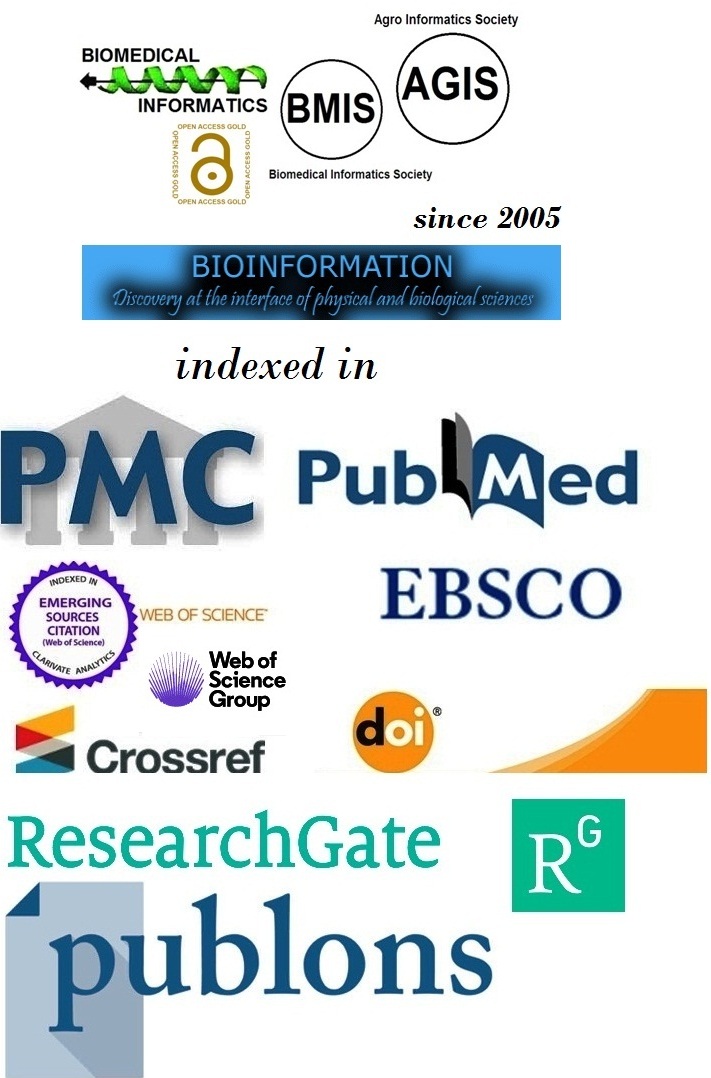Title
Comparison of conventional orthodontic method with corticotomy and piezocision during rapid canine retraction
Authors
Ambalika Shrotey1,*, Arvind Nair1, Virendra Vadher1, Shweta Singh1, Vineeta Gupta2 & Chhaya Barapatre1
Affiliation
1Department of Orthodontics and Dentofacial Orthopedics, Government Dental College, Raipur, Chhattisgarh, India; 2Department of Periodontics, Government Dental College, Raipur, Chhattisgarh, India; *Corresponding author
Ambalika Shrotey - E - mail: ambalika209@gmail.com
Arvind Nair - E - mail: arvindnair007@gmail.com
Virendra Vadher - E - mail: drvv@rediffmail.com
Shweta Singh - E - mail: dr.shweta98279@gmail.com
Vineeta Gupta - E - mail: vinleo76@gmail.com
Chhaya Barapatre - E - mail: chhaya.barapatre@gmail.com
Article Type
Research Article
Date
Received March 1, 2025; Revised March 31, 2025; Accepted March 31, 2025, Published March 31, 2025
Abstract
The effect of corticotomy and piezocision to move canines back into position using a split-mouth approach is of interest. Hence, 18 patients were included with their upper first premolars extracted and corticotomy was performed on one side of the upper jaw and piezocision on the other side, with the opposite sides serving as controls. The average movement of the canines was significantly greater in the areas where corticotomy (2.14 ± 0.65 mm) and piezocision (2.20 ± 0.54 mm) was used compared to the control sides (p < 0.05) and pain scores were higher for the corticotomy group at the 24-hour mark (p = 0.001), while there were no significant changes in the inclination of the canines (p>0.05) by the end of the 12 weeks. Piezocision resulted in less post-operative discomfort even through both methods successfully sped up the movement of canines.
Keywords
Orthodontic tooth movement, corticotomy, piezocision, canine retraction, regional acceleratory phenomenon (RAP)
Citation
Shrotey et al. Bioinformation 21(3): 324-328 (2025)
Edited by
Vini Mehta
ISSN
0973-2063
Publisher
License
This is an Open Access article which permits unrestricted use, distribution, and reproduction in any medium, provided the original work is properly credited. This is distributed under the terms of the Creative Commons Attribution License.
